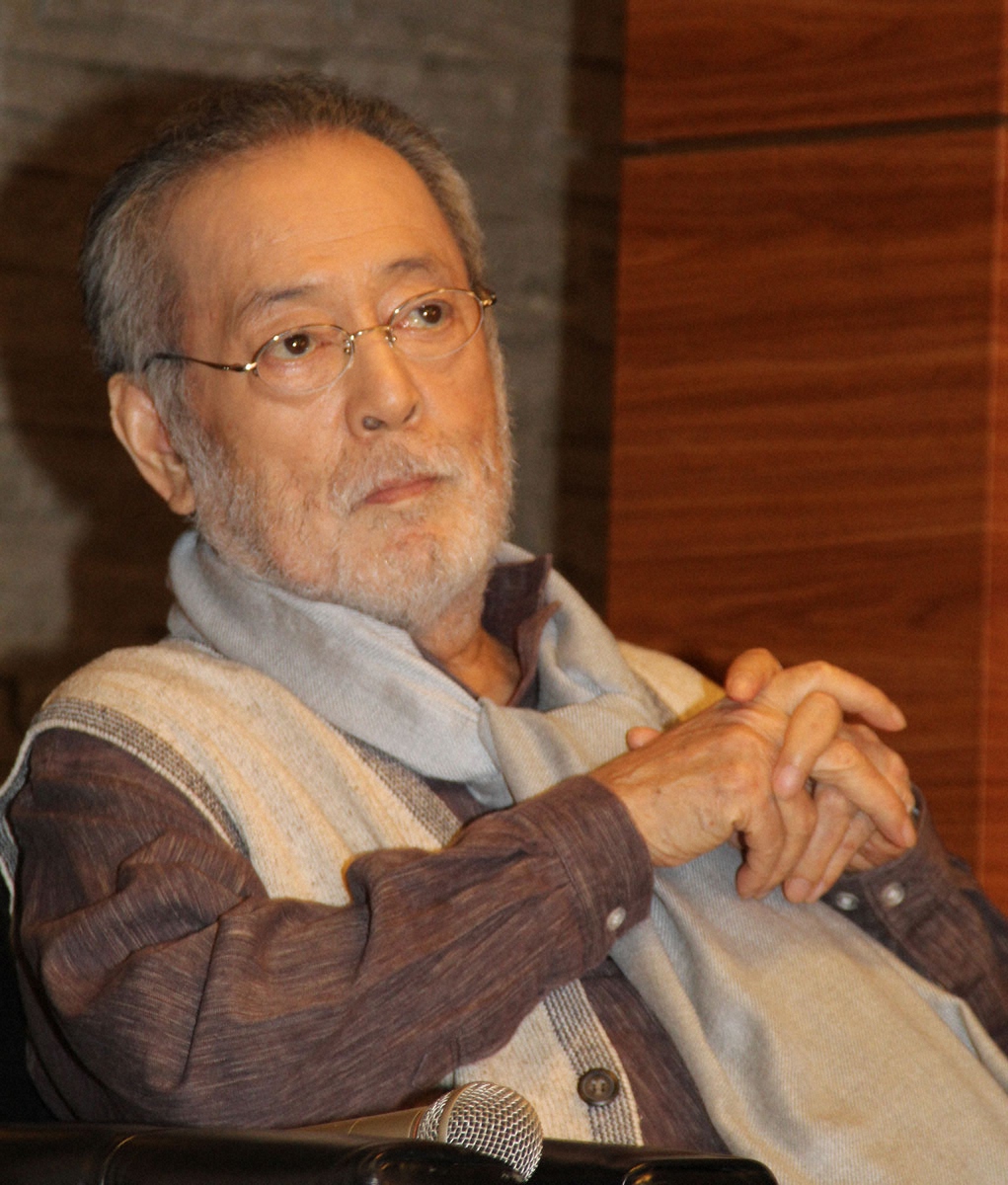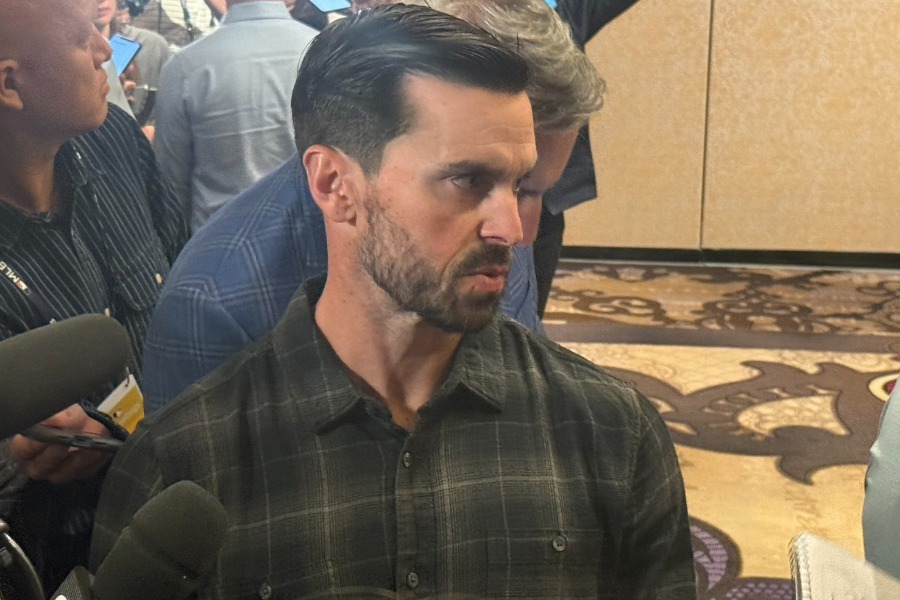
A peek inside some leading research labs shows how scientists-turned-detectives are painstakingly decoding what causes autoimmune diseases and how to stop the immune system from attacking you instead of protecting you.
It’s a huge challenge. By the National Institutes of Health’s newest count there are about 140 autoimmune diseases affecting tens of millions of people.
Unraveling them requires patience, persistence — and sophisticated technology to even see the suspects. Researchers use laser-powered machinery and brightly colored fluorescent dyes to tell rogue cells from normal ones.
Take Type 1 diabetes, caused when cells in the pancreas that produce insulin are gradually killed off by rogue T cells. In a biomedical engineering lab at Johns Hopkins University, researchers examine mouse pancreas cells on a computer screen. Red marks the killer cells. In yellow are “peacemaker” cells that are supposed to tamp down autoimmune reactions – but they’re outnumbered.
Another type of immune cell, B cells, drive autoimmune diseases by producing antibodies that mistake healthy tissue for foreign invaders. At NIH, Dr. Iago Pinal-Fernandez studies myositis, a poorly understood group of muscle-weakening diseases. His research shows rogue antibodies don’t just damage muscles by latching onto their surface. They can sneak inside muscle cells and disrupt their normal functions in ways that help explain varying symptoms.
“When I started, nothing was known about the type of autoimmune disease we study. Now finally we’re able to tell patients, ’You have this disease and this is the mechanism of disease,” he said.
In another NIH lab, Dr. Mariana Kaplan’s team is hunting the root causes of lupus and other autoimmune diseases — what makes the immune system run amok in the first place — and why they so often strike women.
Today's drugs tamp down symptoms but don't correct the problem. Now in early-phase clinical trials are treatments that instead aim to fix dysfunctional immune pathways.
At Hopkins, scientists are working on next-generation versions, not yet ready to try in people. In one lab, they're developing nanoparticle-based treatment to dial down pancreas-killing cells in Type 1 diabetes and ramp up “peacemaker” cells.
And in another Hopkins lab, researchers are developing what they hope will become more precise treatments for rheumatoid arthritis, lupus and other antibody-driven illnesses – drugs that search out and destroy “bad” B cells.
—-
The Associated Press Health and Science Department receives support from the Howard Hughes Medical Institute’s Department of Science Education and the Robert Wood Johnson Foundation. The AP is solely responsible for all content.
This is a documentary photo story curated by AP photo editors.
latest_posts
- 1
 Charli xcx recorded original songs for 'Wuthering Heights' — what to know about the new album for Margot Robbie's film
Charli xcx recorded original songs for 'Wuthering Heights' — what to know about the new album for Margot Robbie's film - 2
 In the background: Visiting Notable Film Areas All over the Planet
In the background: Visiting Notable Film Areas All over the Planet - 3
 日本男子初3連覇へ 鍵山優真が首位発進 スピン痛恨ミスでまさかの0点に「試合で初めて。やってしまったなと」苦笑いも 佐藤駿が1・91点差で2位(デイリースポーツ)
日本男子初3連覇へ 鍵山優真が首位発進 スピン痛恨ミスでまさかの0点に「試合で初めて。やってしまったなと」苦笑いも 佐藤駿が1・91点差で2位(デイリースポーツ) - 4
 Recent studies prove the ancient practice of nasal irrigation is effective at fighting the common cold
Recent studies prove the ancient practice of nasal irrigation is effective at fighting the common cold - 5
 6 Objections for an Ocean side Wedding
6 Objections for an Ocean side Wedding
 Exploring the Main Year of Life as a parent: Individual Encounters
Exploring the Main Year of Life as a parent: Individual Encounters 仲代達矢さん最期の様子 ケガして入院、肺炎を併発 8日に死去、最後の舞台は5月能登での復興公演(スポニチアネックス)
仲代達矢さん最期の様子 ケガして入院、肺炎を併発 8日に死去、最後の舞台は5月能登での復興公演(スポニチアネックス) 6 Methods for further developing Rest Quality
6 Methods for further developing Rest Quality 大谷翔平らのWBC出場容認、ド軍GM明言せず「議論できていない」 前回大会は全3人出場(Full-Count)
大谷翔平らのWBC出場容認、ド軍GM明言せず「議論できていない」 前回大会は全3人出場(Full-Count) The Best Design Bloggers for Style Motivation
The Best Design Bloggers for Style Motivation Couch Styles of 2024: What's Moving
Couch Styles of 2024: What's Moving Find the Mysteries of Powerful Using time productively: Augmenting Efficiency and Proficiency
Find the Mysteries of Powerful Using time productively: Augmenting Efficiency and Proficiency Number_i、新曲の “差別表現” が物議…「ポカホンタス」安易な使用に専門家は「注意が必要」と指摘、TOBEの回答は?(SmartFLASH)
Number_i、新曲の “差別表現” が物議…「ポカホンタス」安易な使用に専門家は「注意が必要」と指摘、TOBEの回答は?(SmartFLASH) Find Unexpected, yet invaluable treasure Excursion Rentals
Find Unexpected, yet invaluable treasure Excursion Rentals













